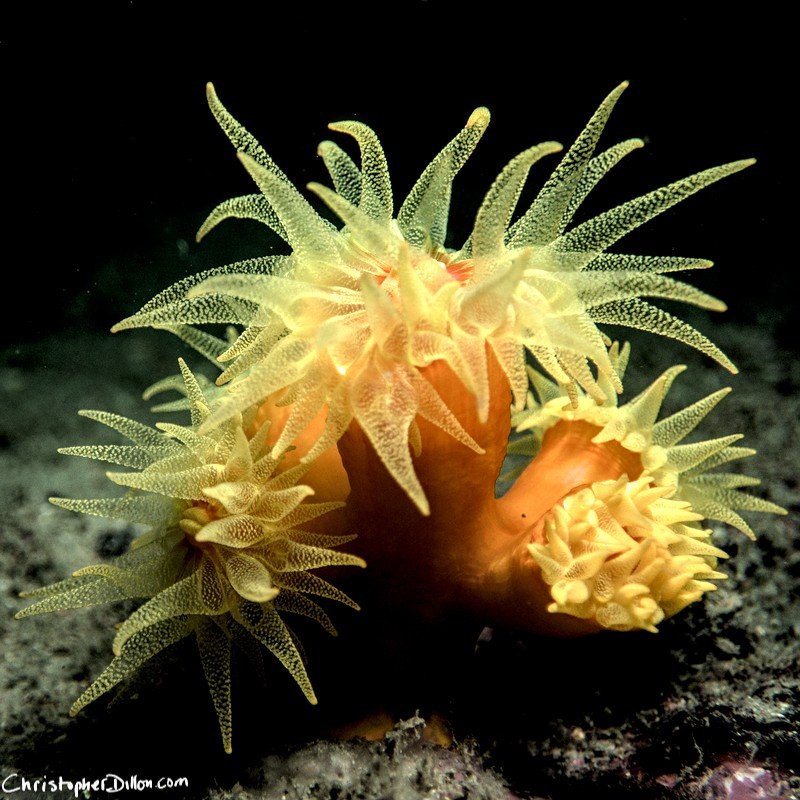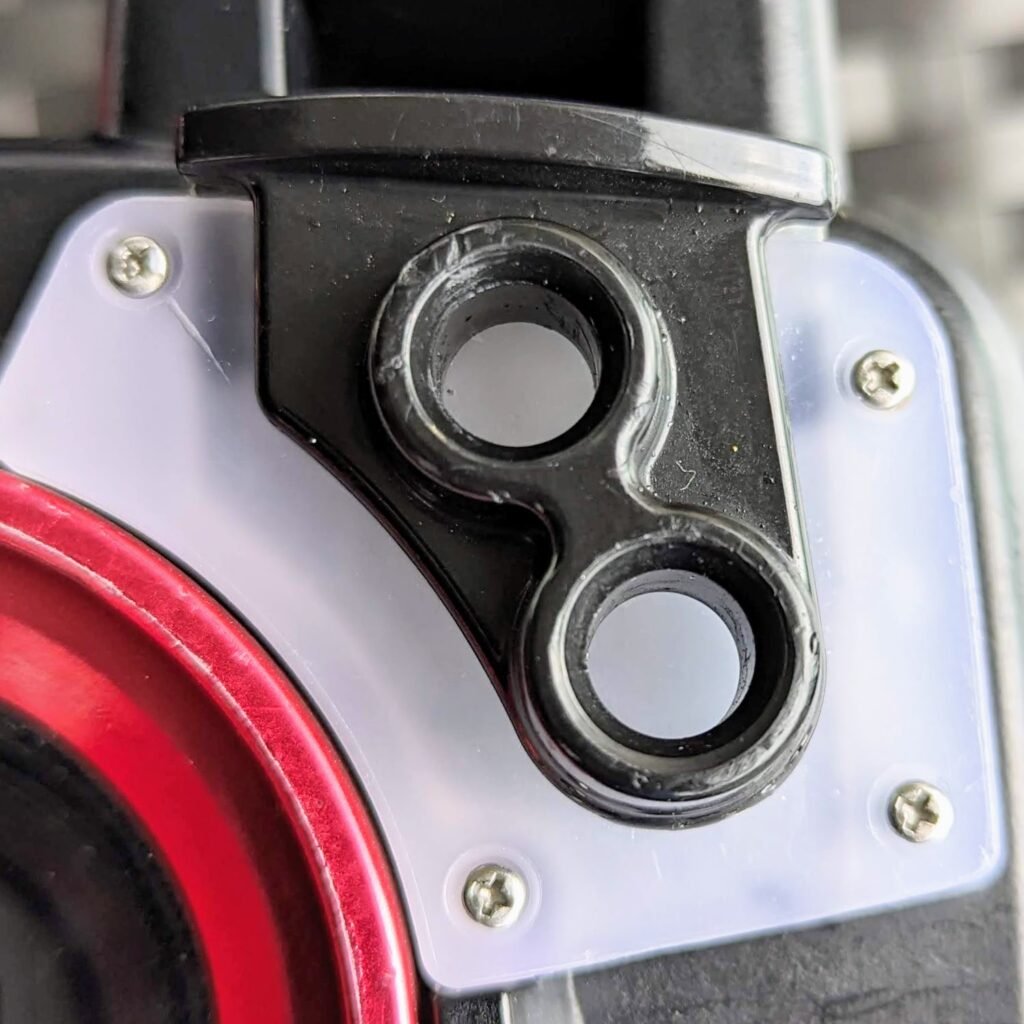
I’ve shot undersea images with an Olympus TG-5 since 2019. Along the way, I’ve learned a few things that may help you get the most from your TG-5, TG-6 or TG-7, especially if you are a new user.
Why shoot with an Olympus TG-5?
The TG family of cameras from Olympus (now known as OM System) have a solid reputation among underwater photographers.
The TG series offers the ability to shoot RAW images, and has rugged construction and surprisingly good macro capabilities. TG cameras let scuba divers capture decent images without spending thousands of dollars.
Here are some tips for making a good camera even better.

Disable the GPS log
On top of the camera, there is a switch that enables GPS logging. This feature uses a lot of battery power, and is very easy to accidentally activate, resulting in a dead battery.
A dab of Sugru moldable glue will lock the GPS switch in the “off” position and prevent a flat battery. Sugru can be removed if you sell the camera or want to use the GPS logging feature.

Improve Olympus housings
The Olympus TG-5, TG-6 and TG-7 benefit from the addition of an underwater housing. A housing extends the camera’s maximum operating depth and offers a second line of defense against flooding, because even if the housing floods, there’s a good chance the camera will survive. Finally, a housing lets you use an external strobe or video light, both of which will help you create better images.
I use my Olympus TG-5 in a PT-058 housing with a UFL-3 strobe mounted on a cold shoe adapter. The combination works well, and is compact and relatively lightweight. (On a recent trip to Indonesia, I packed the above, along with regs, fins, wetsuit and a BCD, in a Pelican Air case and met the airline’s 20 Kg luggage limit.)
The Olympus PT-058 housing works well, but it has one flaw. The optical fiber cable adapter (PFCA-03) that connects the strobe to the housing—and lets you trigger the strobe with the camera’s built-in flash—is attached to the housing using a friction fit.

Without the PFCA-03, which is a small piece of plastic that can easily get bumped off the housing, there’s no way to trigger the strobe. After losing an adapter on a liveaboard in Thailand, I used Gorilla Glue to permanently attach the PFCA-03 to my housing. (This tip also applies to the PT-059 housing for the TG-6 and TG-7.)
Build your own optical fiber cable
I have two issues with premade optical fiber cables. First, they are too long for my setup, and get tangled in other equipment. Second, they are expensive.
I cut the connectors off a pair of old optical fiber cables, used a drill to remove the old cable, and built custom-length versions using optical fiber from a stereo store. The homemade cables are cheap, neat and work as well as store-bought ones.
Worthwhile accessories for the Olympus TG-5
An external charger will recharge your battery faster than plugging your camera into a USB power source. Many chargers now include a display showing the battery’s condition.
A spare battery is also a good idea, as the battery meters on the TG cameras are not terribly informative.
Finally, a lanyard ensures your camera and precious images don’t become a gift to Neptune.